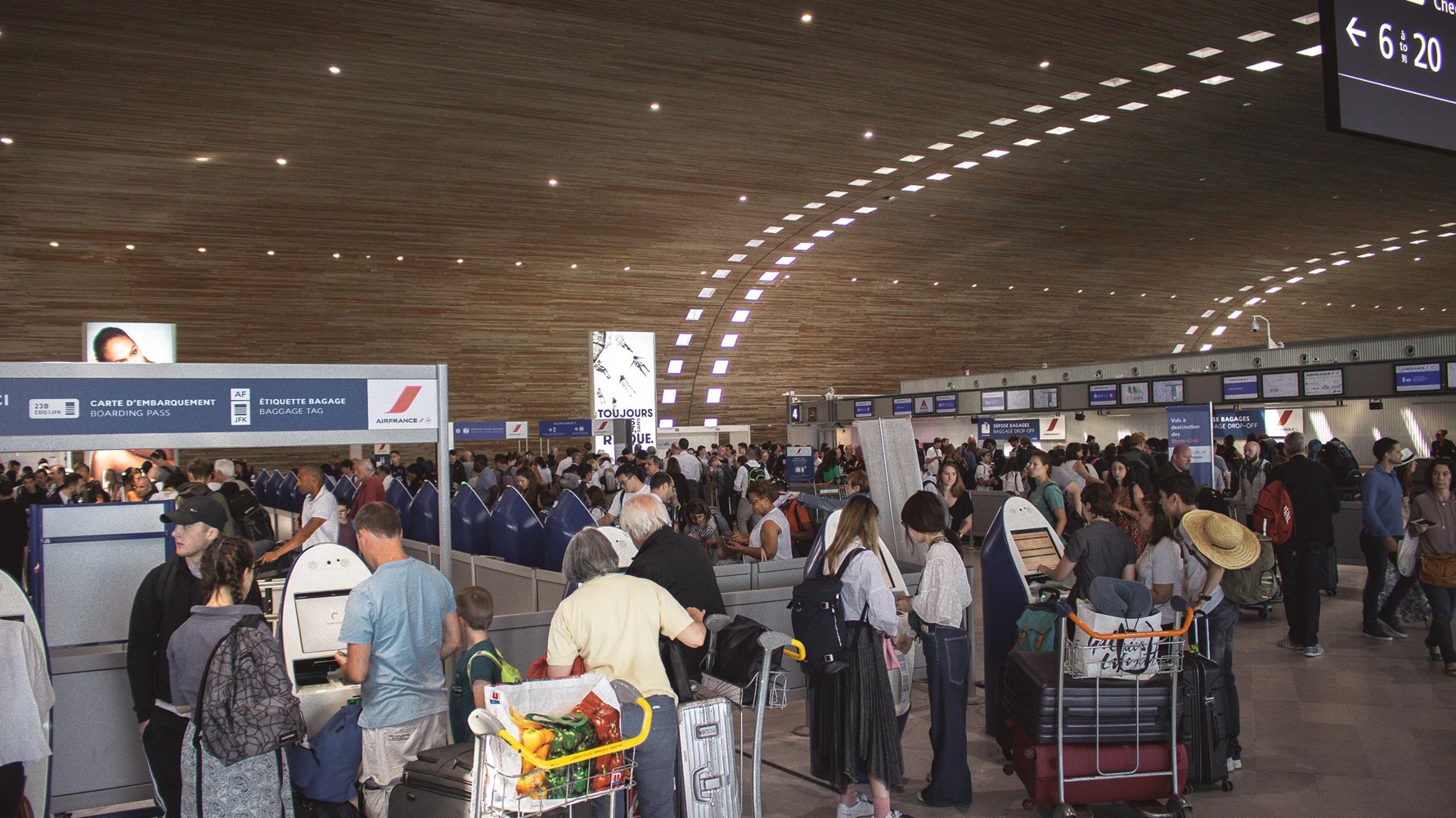As we celebrate 150 years in travel, we’re exploring new technology, its use in travel and how CWT is preparing for this. In this episode, we’re exploring biometrics.
Biometric identifiers fall into two categories:
- Physiological characteristics relate to aspects of the body. Examples include fingerprints, veins, facial recognition, DNA, palm prints and iris recognition
- Behavioral characteristics relate to the pattern of person’s behavior, including to walking gait, signature, behavioral profiling, and voice. The behavioral biometrics are sometimes referred to as 'behaviometrics'.
- The technology, mainly used for identification and access control, is already used in relation to travel.
- Some border agencies collect fingerprints as part of their identifying a new arrival.
- In 2021, Emirates launched a biometric path at Dubai airport, which reduces the number of contact points for identification as a traveler navigates the boarding of their flight.
- According to the US Transportation Security Administration (TSA) website, TSA began testing the use of biometrics to identify passengers at the checkpoint in recent years and we continue to evaluate the use of proven and emerging solutions to further understand operational impact, security gains, and policy implications.
There are however some concerns about the collection and privacy of our unique identifiers and the ultimate use of these records. At least at this time, these concerns do not appear to be limiting the increasing use of biometrics in travel.
CWT provides a single, global travel profile that stores traveling employee data such as travel documents, preferences including seat preference and special diet needs. This lays the foundation for storing elements relevant to use of biometrics based barriers.





